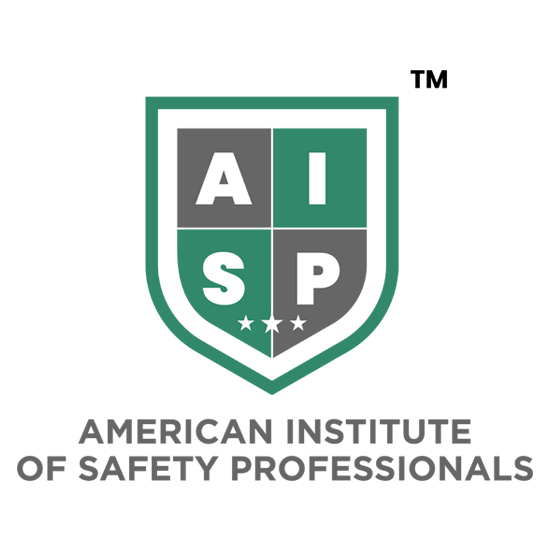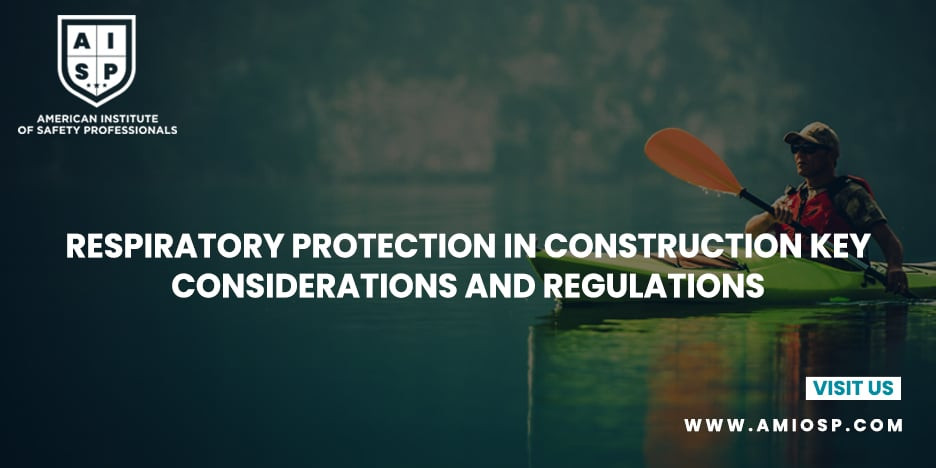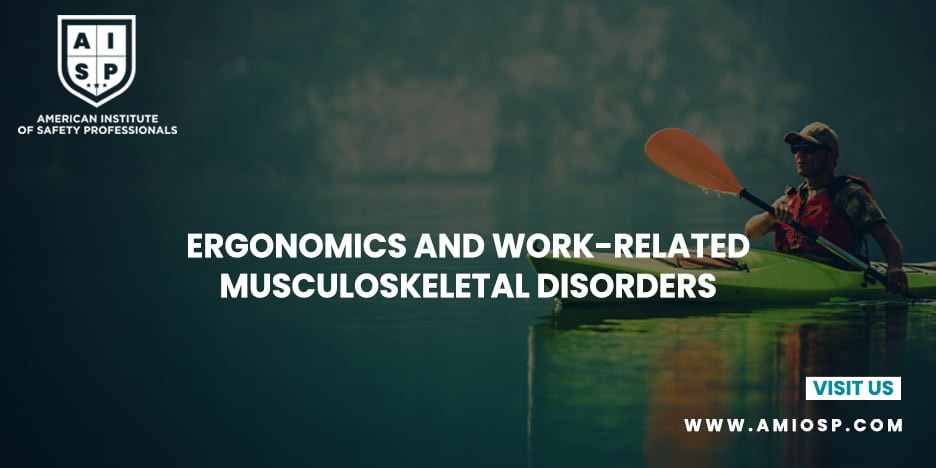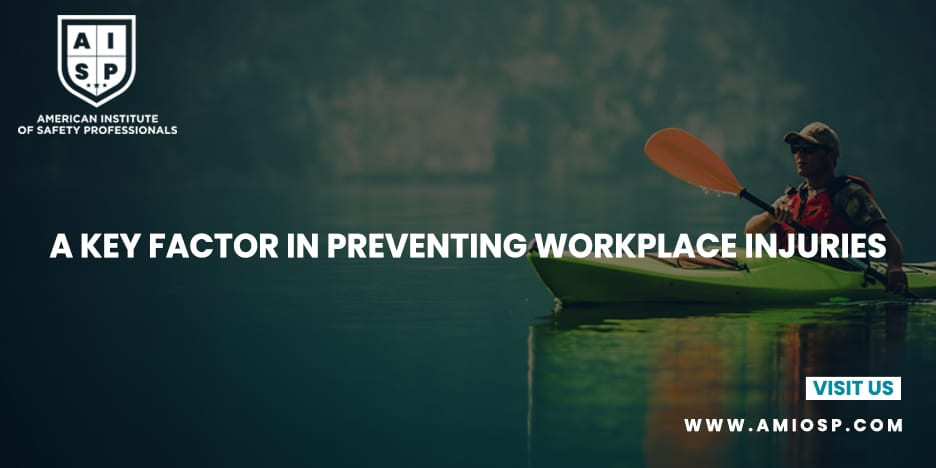The construction industry is known for its diverse range of
respiratory hazards, including dust, fumes, chemicals, and other airborne
contaminants. Workers in construction face an increased risk of respiratory
illnesses if proper precautions are not taken. In this blog, we will explore
key considerations and regulations for respiratory protection in the
construction industry.
1. Identifying Respiratory Hazards
Construction sites can present various respiratory hazards,
such as:
- Dust
and Particulate Matter: Construction activities like cutting,
grinding, and drilling generate fine particles that can be inhaled,
causing respiratory irritation, lung damage, or long-term health issues.
- Chemical
Fumes and Vapors: The use of solvents, adhesives, paints, and other
chemicals in construction can release hazardous fumes and vapors that can
be harmful when inhaled.
- Asbestos
and Silica: Older buildings may contain asbestos or silica, both of
which pose severe respiratory risks. Disturbing these materials without
proper protection can lead to asbestos-related diseases or silicosis.
2. Regulatory Compliance
Compliance with relevant regulations is crucial to ensure
the safety of construction workers. Key regulations related to respiratory
protection in the construction industry include:
- Occupational
Safety and Health Administration (OSHA): OSHA has established
standards, such as the Respiratory Protection Standard (29 CFR 1910.134),
which outlines requirements for respiratory protection programs, including
fit testing, training, and equipment selection.
- National
Institute for Occupational Safety and Health (NIOSH): NIOSH provides
guidance on the selection, use, and maintenance of respirators through its
NIOSH-approved respirator certification program.
- Construction
Industry Standards: Construction industry organizations, such as the
Construction Industry Safety Coalition (CISC), may develop specific
guidelines and best practices for respiratory protection in construction.
3. Selecting the Right Respiratory Protection Equipment
Choosing the appropriate respiratory protection equipment is
crucial for the well-being of construction workers. Consider the following
factors when selecting respirators:
- Hazard
Assessment: Identify the specific respiratory hazards present at the
construction site. Assess the concentration, type, and duration of
exposure to determine the level of respiratory protection required.
- Types
of Respirators: Common respirators used in construction include N95
filtering facepiece respirators, half-face respirators with cartridges,
and powered air-purifying respirators (PAPRs). Select the respirator type
that provides adequate protection based on the identified hazards.
- Fit
Testing: Ensure that selected respirators fit properly to create an
effective seal on the wearer's face. Fit testing should be conducted for
tight-fitting respirators to ensure a proper fit and optimal protection.
4. Training and Education
Proper training and education are essential for the
effective use of respiratory protection equipment in construction. Workers
should receive training on:
- Respiratory
Hazards: Educate workers about the respiratory hazards they may
encounter on the construction site and the potential health risks
associated with exposure.
- Correct
Use of Respirators: Train workers on how to correctly don, doff, and
adjust respirators. Emphasize the importance of proper fit, seal checks,
and the limitations of respiratory protection equipment.
- Maintenance
and Care: Provide guidance on proper storage, cleaning, inspection,
and maintenance of respirators to ensure their longevity and
effectiveness.
5. Regular Inspections and Maintenance
Regular inspections and maintenance are crucial to ensure
that respiratory protection equipment remains in good working condition.
Establish a schedule for routine inspections, filter replacements, and
equipment maintenance. Encourage workers to report any issues or damages
promptly.
Conclusion
Respiratory protection is of paramount importance in the
construction industry to safeguard workers from respiratory hazards. By
identifying hazards, complying with regulations, selecting the appropriate
respiratory protection equipment, providing comprehensive training, and implementing
regular inspections and maintenance, construction companies can create a safer
work environment and protect the respiratory health of their workers.
Prioritizing respiratory protection demonstrates a commitment to worker safety
and well-being, ensuring a healthier future for the construction industry.












0 comments
No Comments